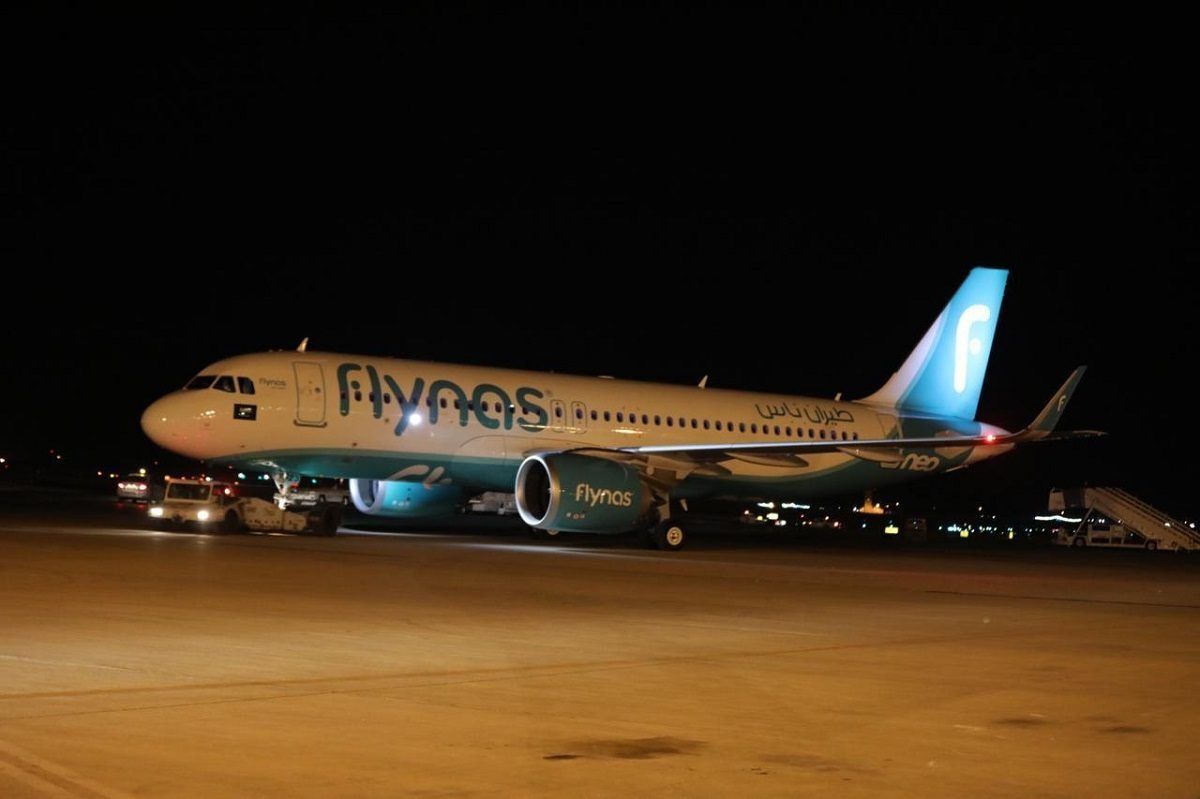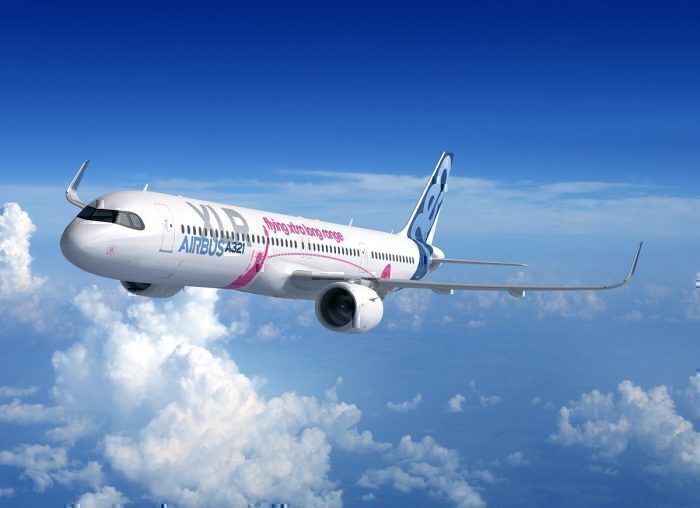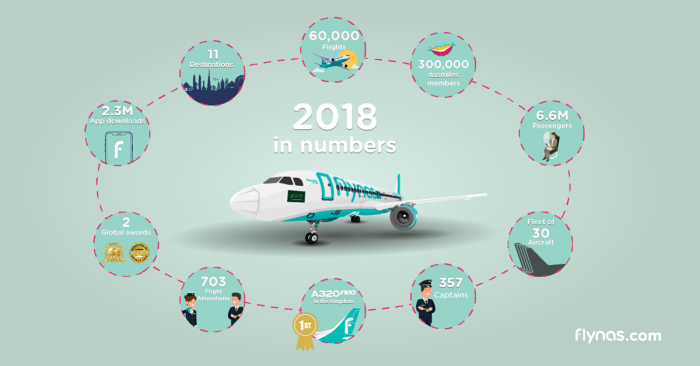Airbus has announced its receipt of a Memorandum of Understanding from Saudi Arabian LCC flynas in respect of 10 A321XLRs.
On Day 3 of the Paris Air Show yet another carrier has dived deep into the European manufacturer’s trade funnel. Today it was the financiers of Saudi Arabia’s first low cost carrier, flynas, tempted by the silver-lined performance capabilities of Airbus’ widely-acclaimed long-range narrow body.
Flynas’s order for the new A320 variant brings its cumulative orders for the A320neo family to 88, according to an Airbus press release. Airbus also states that, as part of the commitment, flynas will replace 10 of the A320neos on order with the bigger A321neo.
Flynas
Saudi Arabian Airlines (Saudia) was the Kingdom’s only airline until flynas (previously Nas Air) began operations 2007. Flynas’ aim was to end the flag carrier’s domestic monopoly. It also wanted to break into the lucrative long-haul market, which was at the time dominated by Saudia and various other Gulf airlines.
In the same year, ill-fated Sama also began providing budget services within Saudi Arabia and the Middle East. However, in 2010 Sama was forced to shut down. A lack of funding meant the airline closed its doors with a debt of almost $300 million.
Meanwhile, flynas forged ahead with its program of aggressive expansion. That included, in May of 2014, the launch of long-haul flights from Riyadh to London Gatwick, and from Jeddah to Manchester, Casablanca, Kuala Lumpur and Jakarta.
The airline also bought into codeshares with Etihad in 2012 and Pegasus in 2016.
Long-haul woes
By the end of 2014, flynas’ ability to profit from its 'Global Flight Program' was languishing. But long-haul woes were counterbalanced by renewed success in the domestic sector.
flynas' fortunes improved when regulators lifted a fare cap on the cost of economy travel within the Kingdom. That allowed the carrier to compete on a more level playing field with Saudia, which until last year was controversially in receipt of government subsidies for fuel and fares.
For now, flynas (strictly a “hybrid” LCC) appears able to weather any turbulence it encounters. Despite stiff competition from Saudia’s own low cost subsidiary Flyadeal, flynas continues to push forward with its plan to further expand operations globally.
After recording positive growth in 2018, the airline announced its intention to add yet more destinations to its manifest in a move to double its passenger numbers. In April of this year, flynas began flights to Lahore, Islamabad, Sarajevo and Vienna.
A321XLR will enable further growth
Flynas enjoyed the loyalty of 6.6 million passengers on 60,000 domestic and international flights in 2018. In a press release at the beginning of 2019, CEO Mr. Bander Al-Mohanna was understandably upbeat. He said that the airline’s rise in passenger traffic and its popularity were due to the airline’s “previous successes and expansion plans in the domestic and international market.”
Of 2018’s financial results, Mr Al-Mohanna also said, “this year’s flynas results confirm that it continues to be the best travel choice in the Kingdom, which further enhances our future ambitions to expand and reach new destinations”.
Flynas currently operates a fleet of 30 A320ceos and two A320neos. Its purchase of the long-haul A321XLRs will serve its expansion program well. The type may even save the company hundreds of billions of dollars in the long run, due to the increased fuel efficiency it brings.
Jet fuel is the biggest single expense for most airlines, costing airlines around 30% of their revenue. With its “unsurpassed” fuel efficiency, the XLR may be at the forefront of a worldwide sea change, as droves of more economical aircraft are drafted in, and supers such as the A380 fall extinct.



